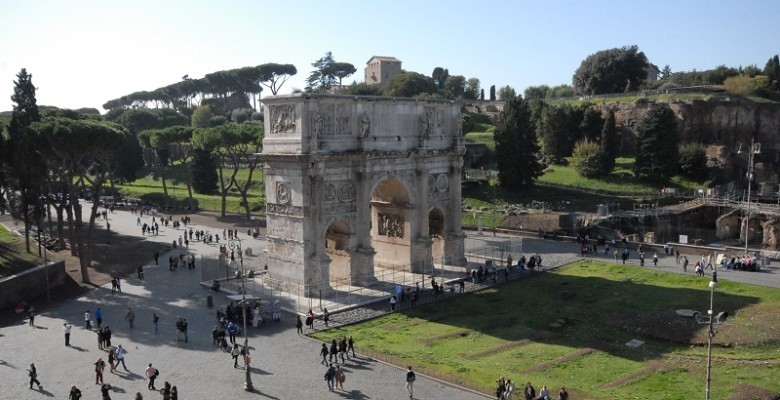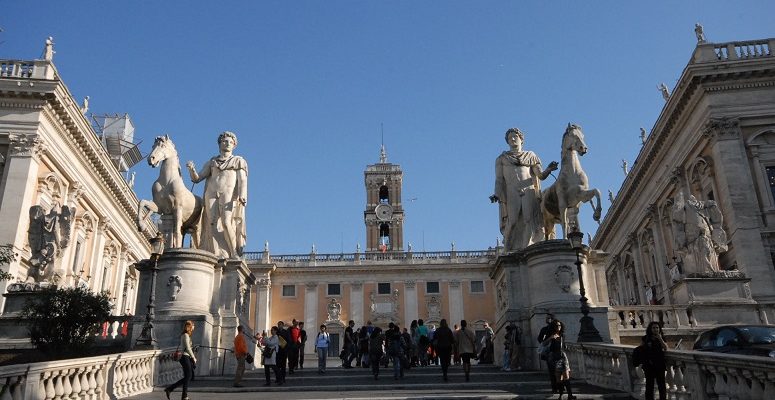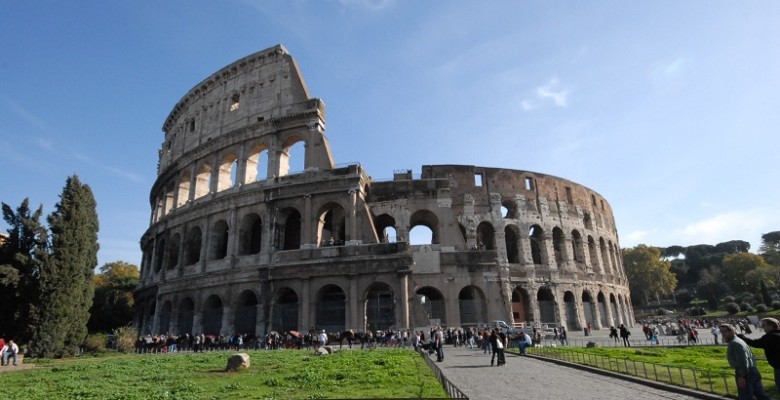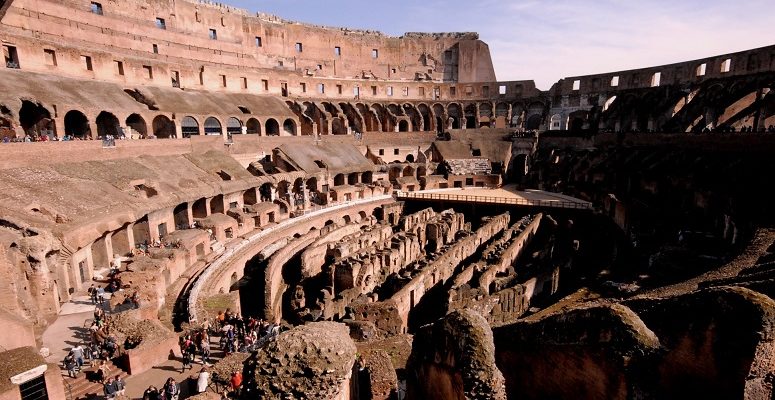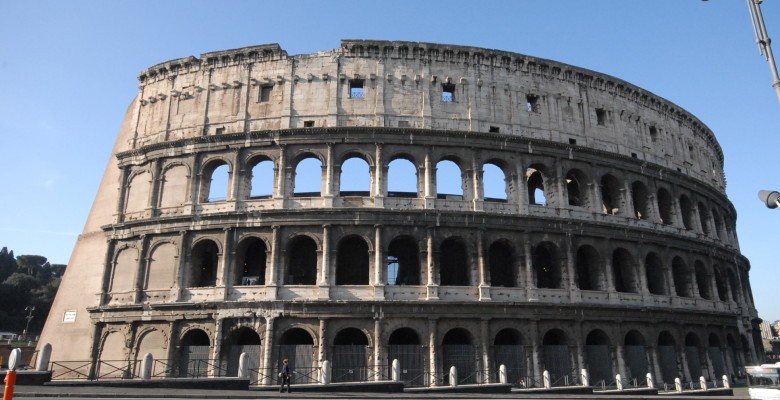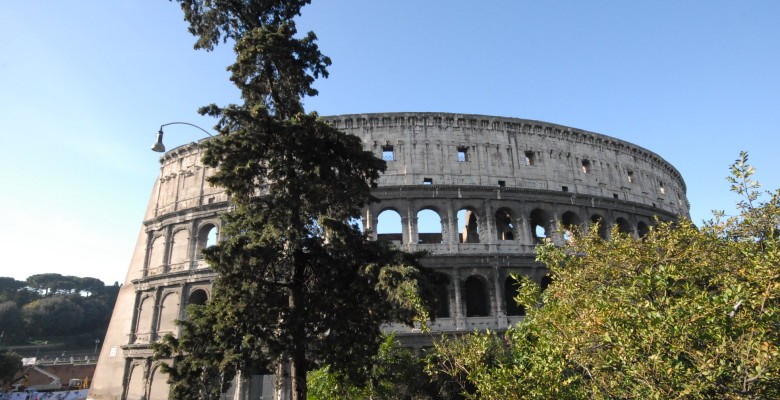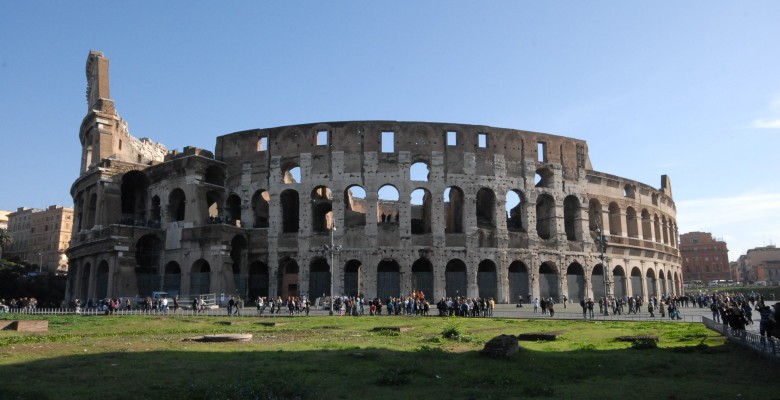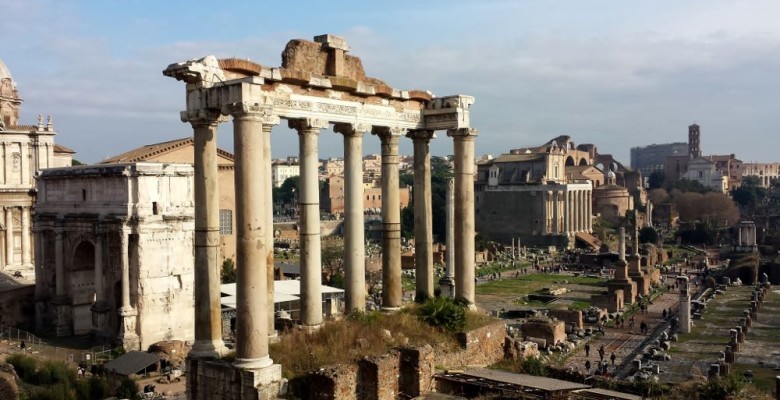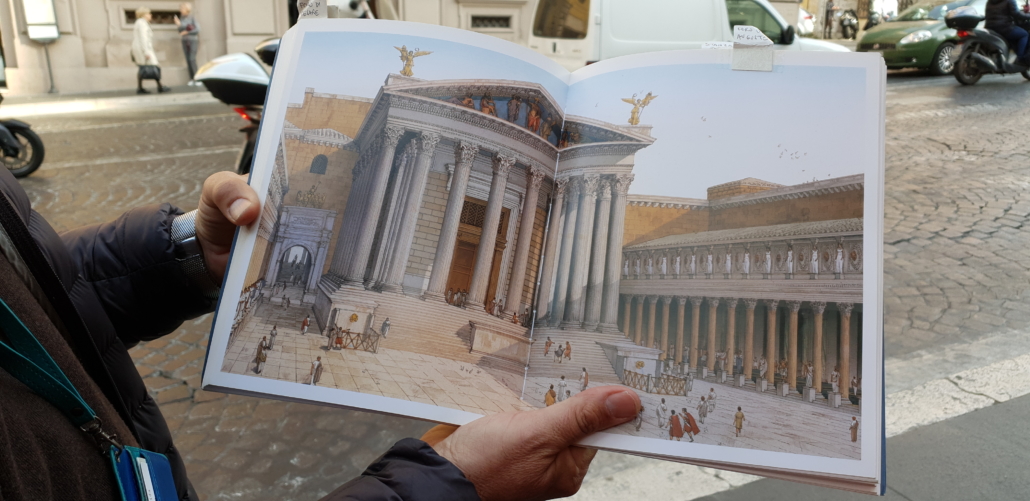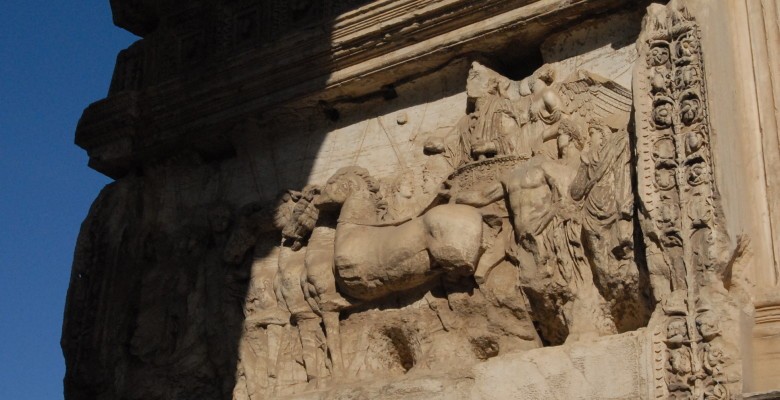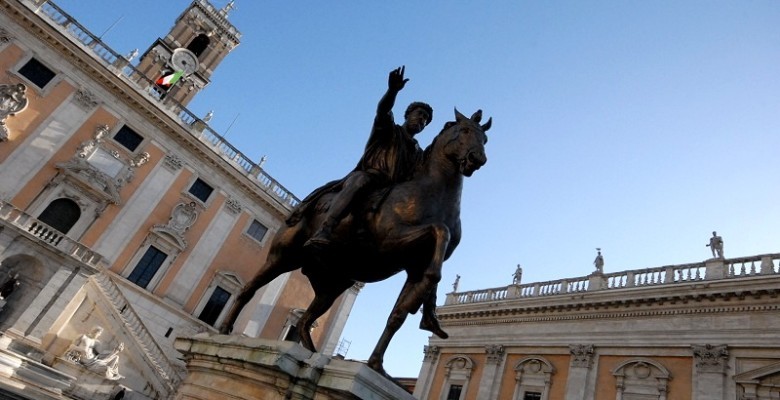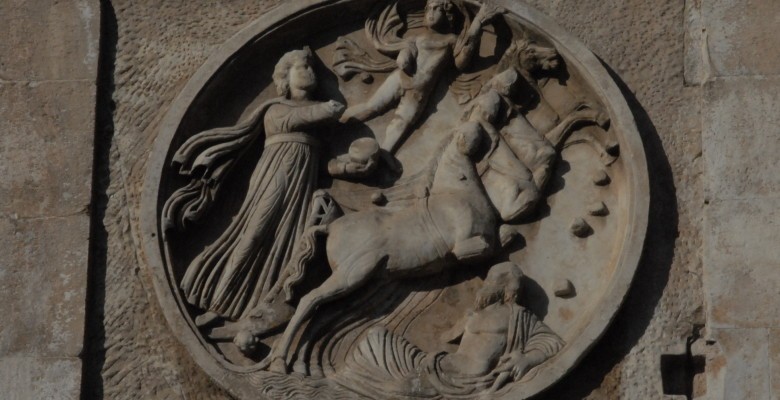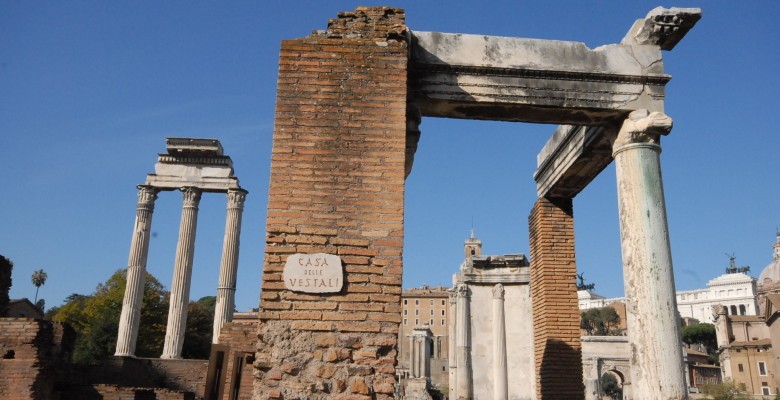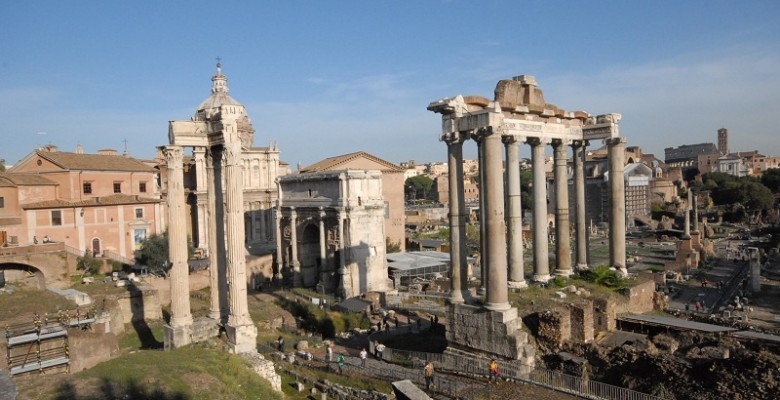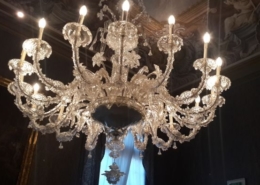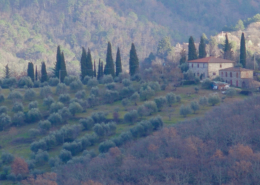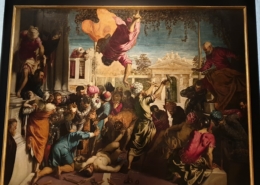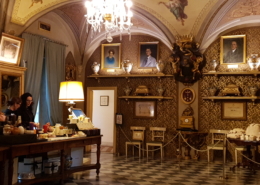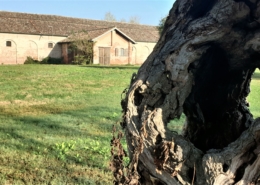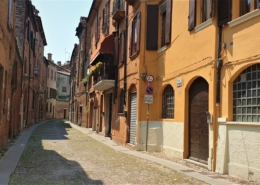Highlights of this tour
- The Colosseum
- The Roman Forum
- The Imperial Forums
- The Capitoline Hill
AT THE HEART OF THE ROMAN EMPIRE
At the Heart of the Roman Empire – Rome was not the capital of a country. It was the capital of all the civil world..
Founded, according to tradition, in 753 B.C. at the confluence of many important commercial routes connecting Etruria, Latium and Campania, after the legendary period of the ‘seven Kings’ it became a Republic in 509 B. C.
After the sack perpetuated by Brennus in 390 B.C. the Romans began a vigorous policy of expansion in central and southern Italy, and then continued further on to Spain, Macedonia and Africa.
Carthage fell in 146 B.C: With the fall of Corinth, Rome became a Mediterranean superpower and was more and more attracted in the orbit of Hellenistic culture. The republican institutions began to falter.
By the 1st c. B:C:, but notwithstanding this the expansion continued with the conquest of Numidia, Pontus, Crete, Syria and Gallia. The murder of Julius Caesar (44 B.C.) and the struggle between Marcus Antonius and Octavian brought to the constitution of a new form of government, the Princedom, that will continue until the 2ndcentury of the Common Era. During these centuries the Roman Empire attains its maximum splendor.
With the 3rd century Rome, because of the extreme vastness of its dominions, starts losing its centrality, until when under Diocletian the Empire is divided in two parts, reorganizing profoundly all the institutions. Rome has a century of renovated prosperity.
In 313 Emperor Constantine officially authorizes Christian religion.
Rome was at then a megalopolis with 4 million citizens and the Roman Empire had about 50 million subjects.
Our private tour “At the Heart of the Roman Empire” explores the imposing remains of ancient Rome; we’ll follow the extraordinary history of the birth, pinnacle and fall of this mythical Empire and get to know its major protagonists.
Cost of this tour
- This tour lasts three hours and costs 330 euros up to six people (not per person), only private parties.
- For larger parties send us an email!
- Admission fees per person: Colosseum from 25 euros. (Please book at your earliest convenience!)
- We will take care of reservation but we need to know at least 15 days in advance
- All sites are closed on January 1st – May 1st – December 25th
Dress Code and advice
- Please wear good shoes, we’ll be waking on the ruins!
- A hat and sunscreen in the summer…

